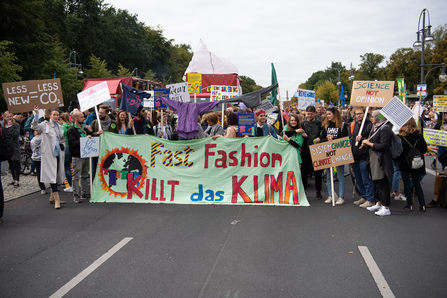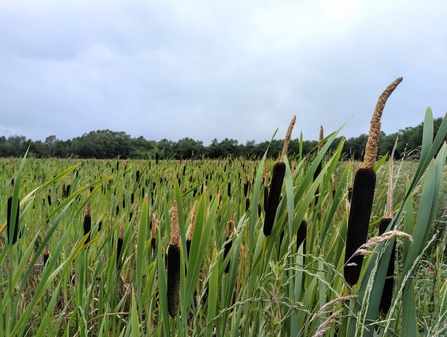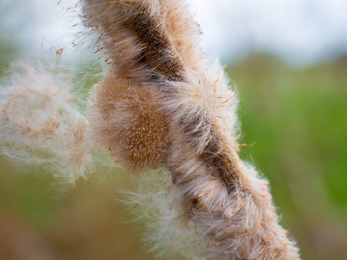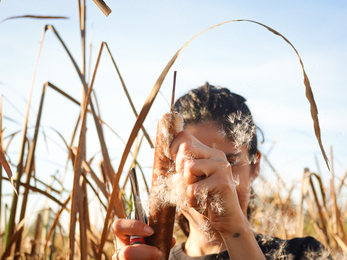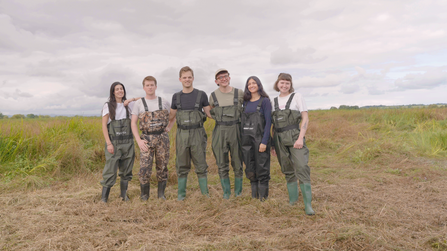The fashion industry is leaving a deep and damaging mark on our planet. Waterways are polluted with toxic dyes and chemicals, natural resources are being depleted, and landfills are overflowing with discarded garments. Behind the glossy marketing lies a system built on overproduction, exploitation, and waste.
Behind every fabric lies one of the world’s most polluting industries. Fashion accounts for around 10% of global carbon emissions and uses more water than any sector except agriculture. Cotton fields demand vast irrigation, while polyester relies on fossil fuels. The result is an environmental footprint that is impossible to ignore.


